Fusionar carriles: ¿lo estás haciendo mal?

El primer coche que tuve fue uno de esos cupés deportivos compactos, populares entre los adultos jóvenes. Significaba que mi cabeza estaba por debajo de la línea de cintura de la mayoría de los coches de tamaño completo. Cualquiera que tenga un coche así sabe que puede volverse invisible para muchos coches en la carretera, especialmente en Parachoques contra parachoques tráfico.
Como medida de precaución al conducir a la defensiva, aprendí rápidamente a tener siempre una ruta de escape en la autopista en caso de que el conductor del vehículo que iba a mi lado decidiera hacer un cambio de carril sin previo aviso hacia lo que cree que es un espacio vacío. Mantener una gran distancia de seguimiento con los autos que me rodeaban era una prioridad. También me ayudó no entrar en el carril de incorporación, porque muchos conductores tienden a incorporarse a la autopista mirando directamente hacia adelante, acelerando por debajo del límite de velocidad y avanzando por dicho carril hasta que termina (Esto es peligroso). Yo, al igual que muchos otros conductores, hemos tenido ocasión de tocar la bocina ante conductores aparentemente desprevenidos que se incorporaban al carril a nuestro lado.
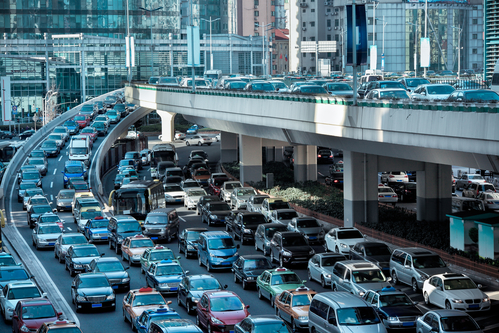
La mayoría de los estados asignan la responsabilidad de incorporarse únicamente al tráfico en el carril que termina. Illinois es una de las pocas excepciones, y solo con respecto a las rampas de entrada a las autopistas, donde la ley de ese estado asigna una responsabilidad mutua al tráfico en ambos carriles para ajustarse en consecuencia. Luego está Texas, que de hecho permite que el tráfico que se incorpora circule por el arcén después del carril y acelere en ese arcén, si es necesario para asegurar un lugar en el tráfico. Dejando de lado las discrepancias en las leyes de cada estado, creo que si le preguntas a la mayoría de las personas, especialmente a las personas que se consideran "chicos de autos”, te dirían que incorporarse de manera segura a una autopista es responsabilidad absoluta y completa de los autos que llegan por la rampa de entrada. Es común tener una opinión negativa de los conductores que no prestan atención, y la típica incorporación despreocupada es el modelo de ese comportamiento mal visto. Las palabras ni siquiera pueden comenzar a describir la frustración repentina mezclada con miedo que te invade cuando tienes que frenar solo porque alguien está actuando de manera tonta en el CUV que se incorpora a la autopista interestatal.
Sin embargo, La ira ciertamente no resuelve el problemaComo todos sabemos, en la carretera prevalece la sangre fría, pero al menos deberíamos tener una idea básica de las reglas de tránsito, algo que estos conductores aparentemente incompetentes no saben. Quiero decir que si te detuvieras a pensar, te darías cuenta de que incorporarse a una autopista es una de las tareas más exigentes a las que cualquier conductor tendrá que enfrentarse. Están acelerando cuesta arriba en una situación que requiere que miren tanto hacia adelante como hacia atrás. al mismo tiempoClaro, suponemos que un conductor competente puede mirar bien hacia adelante, observar la posición de cada vehículo en el carril y colocarse en el lugar correcto, pero la mayoría de las personas no son muy buenas para mirar hacia adelante en la carretera. Si quiere tener una idea de hasta qué punto la mayoría de los conductores miran hacia adelante en la carretera, espere hasta la próxima vez que vea a un policía estatal en la mediana y observe cuán tarde frena la gente. Nadie tiene una vista perfecta.
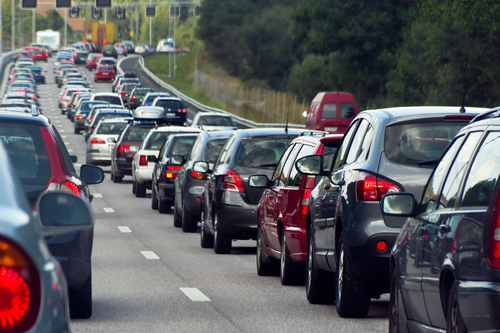
Así que ahí estás, el típico conductor, tratando de encontrar una agujero en el tráfico Al incorporarse a la vía o porque sabe que pronto tendrá que salir de ella, puede que sea bueno o no para ajustar rápidamente su posición en cualquier dirección. Cuando tenga dudas, hará lo que aprendió en la clase de conducción: utilizará los frenos para reducir la velocidad de su incorporación. Sin embargo, si intenta frenar y girar al mismo tiempo, puede activar accidentalmente el control de estabilidad. Esto puede provocar algunos sustos, por lo que no es de extrañar que haya visto muchos coches parados en seco al final de las rampas de acceso esperando trescientos metros de espacio libre. Eso es lo que ocurre cuando un conductor simplemente no puede procesar la situación lo suficientemente bien o no se siente cómodo para tomar una decisión.
Ahora comparemos esto con lo que hace el conductor promedio que ya está en el carril derecho de la autopista. Ya tiene la velocidad adecuada y, por lo tanto, puede ajustarla más fácilmente. Ningún conductor en esta posición necesita cambiar de carril al mismo tiempo. Es suficiente con reducir un poco la velocidad o, si es posible, acelerar un poco. Eso hace posible el hueco para el conductor que se incorpora y, por lo tanto, ambos podrán continuar su camino. Están en una posición más segura y, por lo tanto, no tienen que pensar tanto en los conductores que se incorporan.
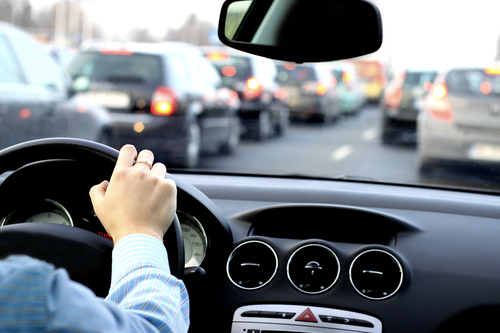
Piense en lo anterior por un momento. ¿Realmente tiene sentido que un conductor piense demasiado y los demás no lo hagan lo suficiente? No, porque, al igual que en una computadora, usted debería tener libertad para asignar tareas para que todo funcione correctamente. Este extraño desequilibrio se produce cuando le asignamos más responsabilidad a una de las partes que a la otra en lo que respecta a la seguridad de la integración.
¿Cómo puede un "amante de los coches" solucionar todo esto? Bueno, piense en ese trayecto como en cualquier otra función de la sociedad. Un poco de caridad ayuda mucho y debería estar dispuesto a utilizar parte de su exceso de capacidad para ayudar a las personas que no tienen suficiente capacidad. Si hace todo lo posible por facilitar las cosas a otros conductores que tal vez sean mayores, estén enfermos o conduzcan vehículos imperfectos, entonces tal vez algún día, cuando se encuentre en un apuro similar, alguien lo cuidará. Sin embargo, siga mi consejo: si quiere que los conductores lo cuiden, tienen que poder verlo. Por lo tanto, los conductores que circulan por la autopista deben estar atentos como si estuvieran en el carril de incorporación y los que están en los carriles de incorporación deben llamar la atención de los coches que están en posición. No hay un problema real. "truco" para incorporarse “correctamente”, pero tal vez al menos debería haber una cooperación tácita entre todos los conductores en la misma carretera.
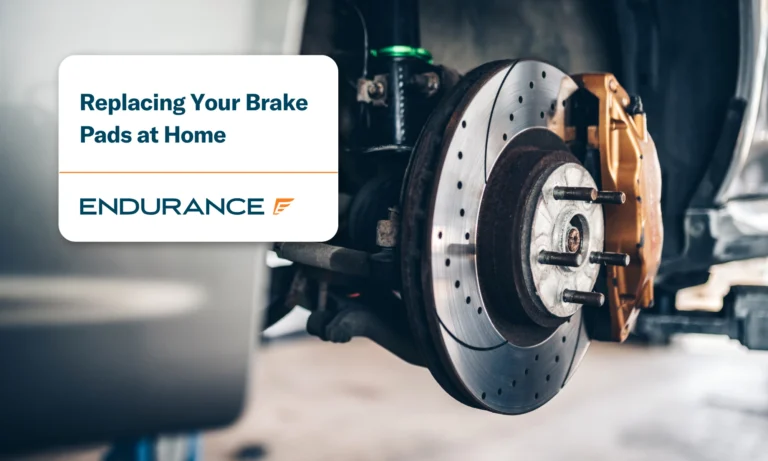
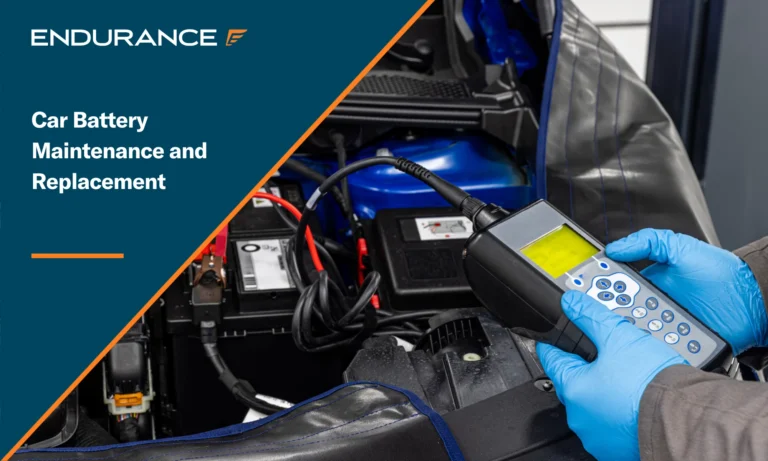
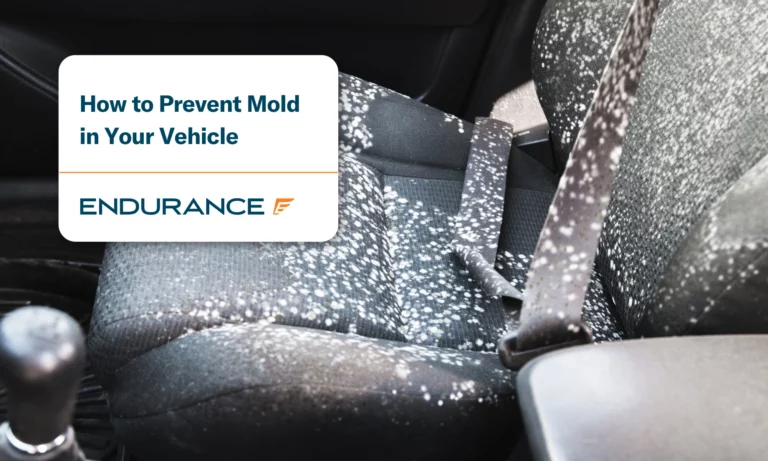



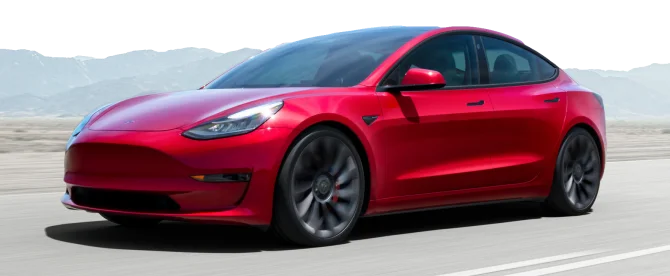






Alex ha trabajado en la industria de servicios automotrices durante más de 20 años. Luego de graduarse de una de las mejores escuelas técnicas del país, se desempeñó como técnico logrando la certificación de Maestro Técnico. También tiene experiencia como asesor de servicios y gerente de servicios. Leer más sobre alex